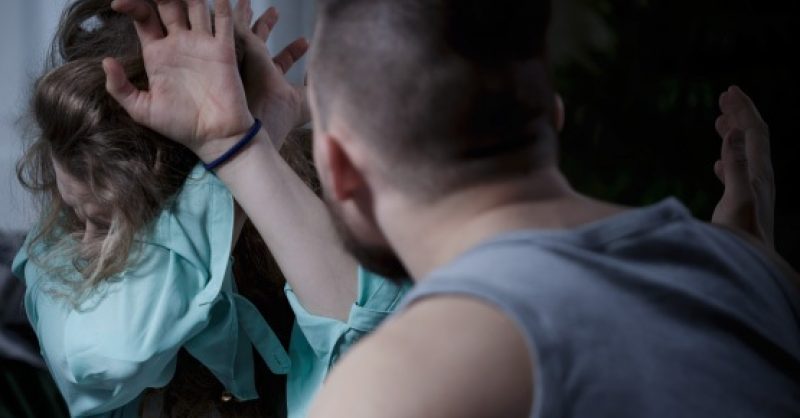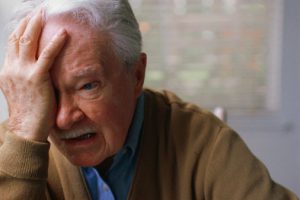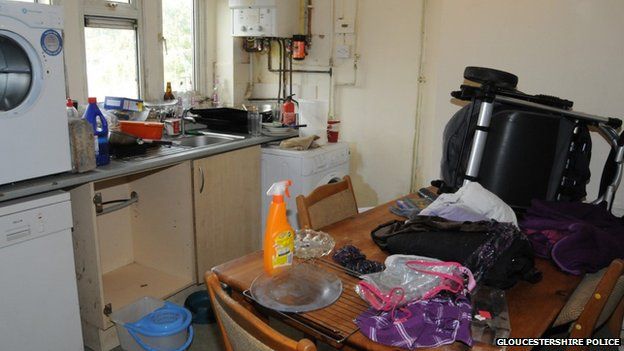Physical abuse
Physical abuse is any intentional act causing sexual abuse. Physical abuse may involve more than one abuser, and more than one victim.
Physical abuse means any non-accidental act or behaviour causing corporal punishment.
Physical abuse in a relationship often starts gradually, such as with a push or a slap, and then becomes progressively worse over time. Physical violence is always illegal. If you have been physically abused, there are things you can do to get support.

Types and Signs of Abuse
It has been estimated that roughly two-thirds of those harming a vulnerable adult are family members, most often the victim’s adult child or spouse. Research has shown that in most instances the abuser is financially dependent on the vulnerable adult’s resources and have problems related to alcohol and drugs.
Stay alert to the different types of abuse
The word abuse covers many different ways someone may harm a vulnerable adult.
Physical abuse is intentional bodily injury. Some examples include slapping, pinching, choking, kicking, shoving, or inappropriately using drugs or physical restraints.
Sexual abuse is non-consensual sexual contact (any unwanted sexual contact). Examples include unwanted touching, rape, sodomy, coerced nudity, sexually explicit photographing.
Mental mistreatment or emotional abuse is deliberately causing mental or emotional pain. Examples include intimidation, coercion, ridiculing, harassment, treating an adult like a child, isolating an adult from family, friends, or regular activity, use of silence to control behaviour, and yelling or swearing which results in mental distress.
Exploitation occurs when a vulnerable adult or his/her resources or income are illegally or improperly used for another person’s profit or gain. Examples include illegally withdrawing money out of another person’s account, forging checks, or stealing things out of the vulnerably adult’s house.
Neglect occurs when a person, either through his/her action or inaction, deprives a vulnerable adult of the care necessary to maintain the vulnerable adult’s physical or mental health. Examples include not providing basic items such as food, water, clothing, a safe place to live, medicine, or health care.
Self-neglect occurs when a vulnerable adult fails to provide adequately for themselves and jeopardizes his/her well-being. Examples include a vulnerable adult living in hazardous, unsafe, or unsanitary living conditions or not having enough food or water.
Abandonment occurs when a vulnerable adult is left without the ability to obtain necessary food, clothing, shelter or health care. Examples include deserting a vulnerable adult in a public place or leaving a vulnerable adult at home without the means of getting basic life necessities.
Signs of physical abuse

- bruises, black eyes, welts, lacerations, and rope marks
- broken bones
- open wounds, cuts, punctures, untreated injuries in various stages of healing
- broken eyeglasses/frames, or any physical signs of being punished or restrained
- laboratory findings of either an overdose or under dose medications
- individual’s report being hit, slapped, kicked, or mistreated
- vulnerable adult’s sudden change in behaviour
Signs of sexual abuse
- bruises around the breasts or genital area
- unexplained venereal disease or genital infections
- unexplained vaginal or anal bleeding
- torn, stained, or bloody underclothing
- an individual’s report of being sexually assaulted or raped
Signs of mental mistreatment/emotional abuse
- being emotionally upset or agitated
- being extremely withdrawn and non communicative or non responsive
- unusual behavior usually attributed to dementia (e.g., sucking, biting, rocking)
- nervousness around certain people
- an individual’s report of being verbally or mentally mistreated
Signs of neglect
- dehydration, malnutrition and poor personal hygiene
- unattended or untreated health problems
- hazardous or unsafe living condition (e.g., improper wiring, no heat or running water)
- unsanitary and unclean living conditions (e.g., dirt, fleas, lice on person, soiled bedding, fecal/urine smell, inadequate clothing)
- an individual’s report of being mistreated
Signs of self-neglect
- dehydration, malnutrition, untreated or improperly attended medical conditions, and poor personal hygiene
- hazardous or unsafe living conditions
- unsanitary or unclean living quarters (e.g., animal/insect infestation, no functioning toilet, fecal or urine smell)
- inappropriate and/or inadequate clothing, lack of the necessary medical aids
- grossly inadequate housing or homelessness
- inadequate medical care, not taking prescribed medications properly

Signs of exploitation
- sudden changes in bank account or banking practice, including an unexplained withdrawal of large sums of money
- adding additional names on bank signature cards
- unauthorized withdrawal of funds using an ATM card
- abrupt changes in a will or other financial documents
- unexplained disappearance of funds or valuable possessions
- bills unpaid despite the money being available to pay them
- forging a signature on financial transactions or for the titles of possessions
- sudden appearance of previously uninvolved relatives claiming rights to a vulnerable adult’s possessions
- unexplained sudden transfer of assets to a family member or someone outside the family
- providing services that are not necessary
- individual’s report of exploitation
Signs of abandonment
- deserting a vulnerable adult in a public place
- deserting a vulnerable adult in his/her own home or living space
- individual’s report of being abandoned